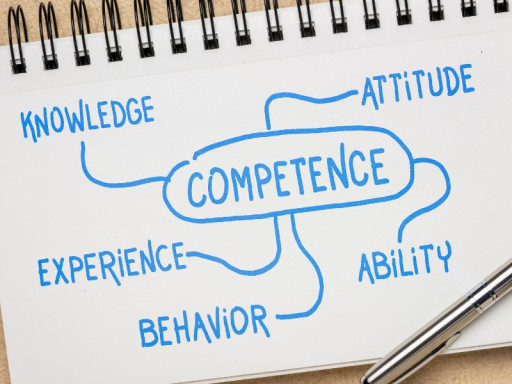Competence: More Than Just Training
“Competence is the ability for every director, manager and worker to recognise those risks in operational activities and then apply the right measures to control and manage those risks.” - Judith Hackitt, Chair of HSE until 2016
As Judith Hackitt, Chair of the Health and Safety Executive (HSE), aptly states, competence goes beyond just ticking a training box. It's the ability of everyone in your organisation, from directors to managers and staff, to recognise potential hazards in their daily tasks and take the necessary steps to control them.
Here's a breakdown of what competence encompasses:
- Training: Equipping your employees with the knowledge to identify risks specific to their roles.
- Skills: The practical ability to apply safety procedures and use equipment correctly.
- Experience: The on-the-job understanding of how to handle real-world situations safely.
- Knowledge: Awareness of relevant health and safety regulations and best practices.
Why Competence Matters
Competence isn't a one-size-fits-all concept. The level of health and safety expertise required varies depending on the role and workplace. An office worker wouldn't need the same level of knowledge as someone working on a construction site. The key takeaway is to ensure your team is equipped to handle the risks they encounter most frequently, especially those with serious consequences.
Your Role in Building a Competent Workforce
As an employer, you play a crucial role in fostering a culture of health and safety. Here's how:
- Risk Assessments: When conducting risk assessments, consider the competence of relevant employees. Are they equipped to handle the identified hazards?
- Competent Person Appointment: It's your legal duty to appoint someone with the necessary skills and experience to oversee health and safety within your organization. This goes beyond simply being able to perform a specific task safely.
- Industry-Specific Needs: Certain industries have specific health and safety regulations. Explore training and certification programs relevant to your field, such as working at heights or handling hazardous materials.
Health and Safety Passport Schemes: A Helpful Tool
These schemes can be a good starting point to check if someone working on your premises (including contractors) has received basic health and safety awareness training. However, remember – a passport is not a guarantee of competence.
The Bottom Line
Building a competent workforce is an ongoing process. By prioritising training, fostering a culture of safety awareness, and appointing a competent person, you can create a safer and healthier work environment for everyone.
Looking for more information on established good practices for managing health and safety competence in your workplace? Contact us today!
abarrett@whatnosafety.co.uk | 01722 326 390

